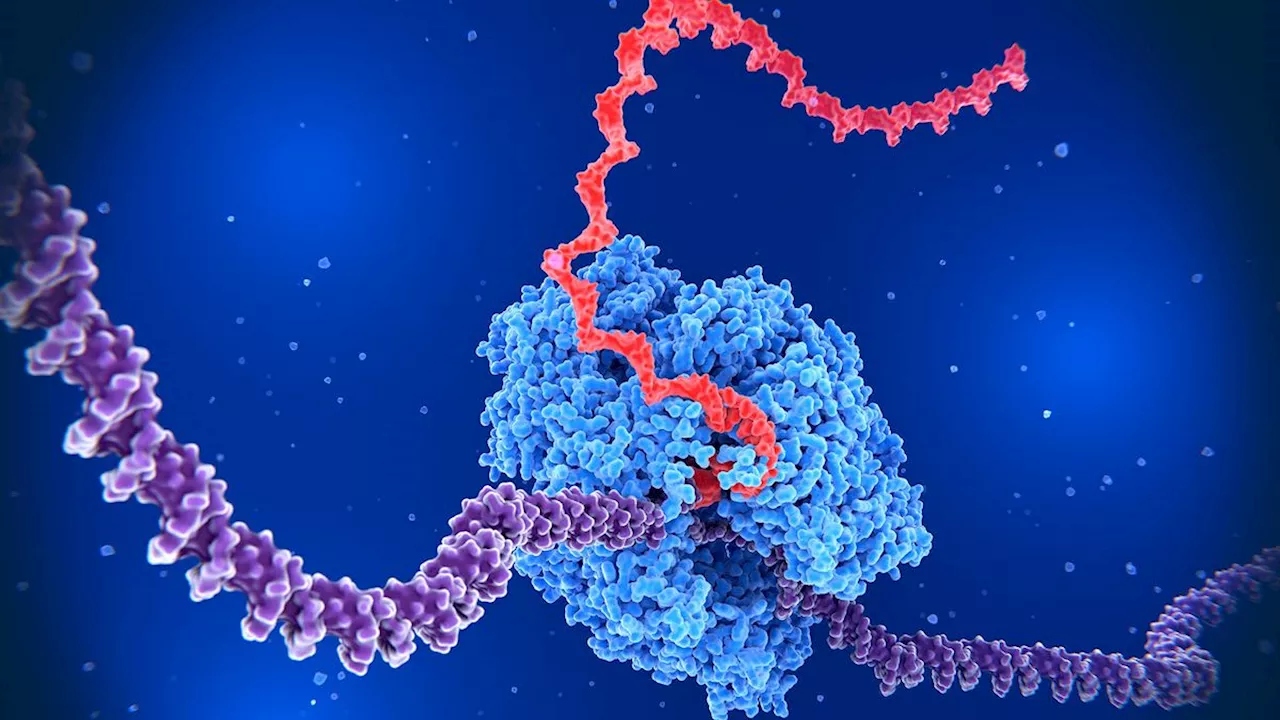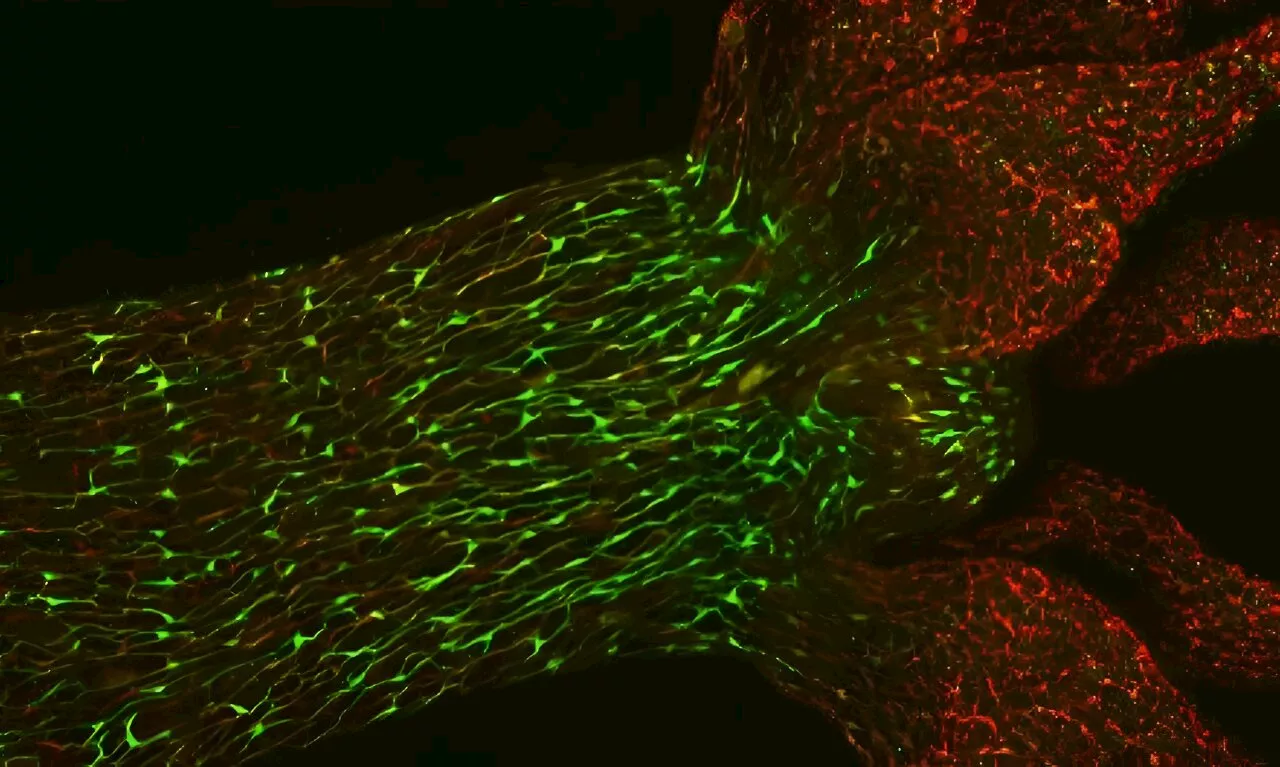Cells contain various specialized structures -- such as the nucleus, mitochondria or peroxisomes -- known as 'organelles'. Tracing their genesis and determining their structure is fundamental to understanding cell function and the pathologies linked to their dysfunction.
Cells contain various specialized structures -- such as the nucleus, mitochondria or peroxisomes -- known as 'organelles'. Tracing their genesis and determining their structure is fundamental to understanding cell function and the pathologies linked to their dysfunction.
Organelle genesis proceeds according to a precise sequence of successive protein recruitment events. Visualising this assembly in real time provides a better understanding of the role of these proteins in organelle structure or function. However, obtaining a video sequence with sufficient resolution to distinguish such complex microscopic components faces a number of technical limitations.This is particularly true of the centriole.
This unique approach, which combines the very high resolution of expansion microscopy and kinematic reconstruction, has enabled us to model the first 4D assembly of the human centriole. ''Our work will not only deepen our understanding of centriole formation, but also open up incredible prospects in cellular and molecular biology, since this method can be applied to other macromolecules and cellular structures to study their assembly in space and time,'' concludes Paul Guichard.
Workplace Health Genes Nervous System Cell Biology Molecular Biology Biology Biotechnology And Bioengineering
United States Latest News, United States Headlines
Similar News:You can also read news stories similar to this one that we have collected from other news sources.
 As we age, our cells are less likely to express longer genesAging may be less about specific 'aging genes' and more about how long a gene is. Many of the changes associated with aging could be occurring due to decreased expression of long genes, say researchers.
As we age, our cells are less likely to express longer genesAging may be less about specific 'aging genes' and more about how long a gene is. Many of the changes associated with aging could be occurring due to decreased expression of long genes, say researchers.
Read more »
 Scientists just discovered a new way cells control their genes — it's called 'backtracking'Sahana Sitaraman is a science writer based in Lausanne, Switzerland, specializing in biology. She particularly enjoys writing about unusual animal behaviours and the neuroscience behind them, mental health and women in STEM. She also dabbles in illustrating cool findings that pique her interest.
Scientists just discovered a new way cells control their genes — it's called 'backtracking'Sahana Sitaraman is a science writer based in Lausanne, Switzerland, specializing in biology. She particularly enjoys writing about unusual animal behaviours and the neuroscience behind them, mental health and women in STEM. She also dabbles in illustrating cool findings that pique her interest.
Read more »
 New tools reveal how genes work and cells organizeResearchers have discovered how certain proteins can attach to special structures in RNA, called G-quadruplexes. Additionally, they have developed computational tools capable of predicting these protein-RNA interactions.
New tools reveal how genes work and cells organizeResearchers have discovered how certain proteins can attach to special structures in RNA, called G-quadruplexes. Additionally, they have developed computational tools capable of predicting these protein-RNA interactions.
Read more »
 Scientists Destroy 99% of Cancer Cells in The Lab With Vibrating MoleculesThe Best in Science News and Amazing Breakthroughs
Scientists Destroy 99% of Cancer Cells in The Lab With Vibrating MoleculesThe Best in Science News and Amazing Breakthroughs
Read more »
 Scientists observe neuronal stimulus transmission by coloring nerve cells with novel antibodyDue to their simple body structure with a limited number of cell types, freshwater polyps (Hydra) can be used to study many fundamental processes of life. In recent years, Hydra has also experienced a renaissance as a model organism for neuroscience—thanks to the US BRAIN initiative.
Scientists observe neuronal stimulus transmission by coloring nerve cells with novel antibodyDue to their simple body structure with a limited number of cell types, freshwater polyps (Hydra) can be used to study many fundamental processes of life. In recent years, Hydra has also experienced a renaissance as a model organism for neuroscience—thanks to the US BRAIN initiative.
Read more »
